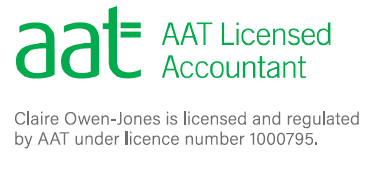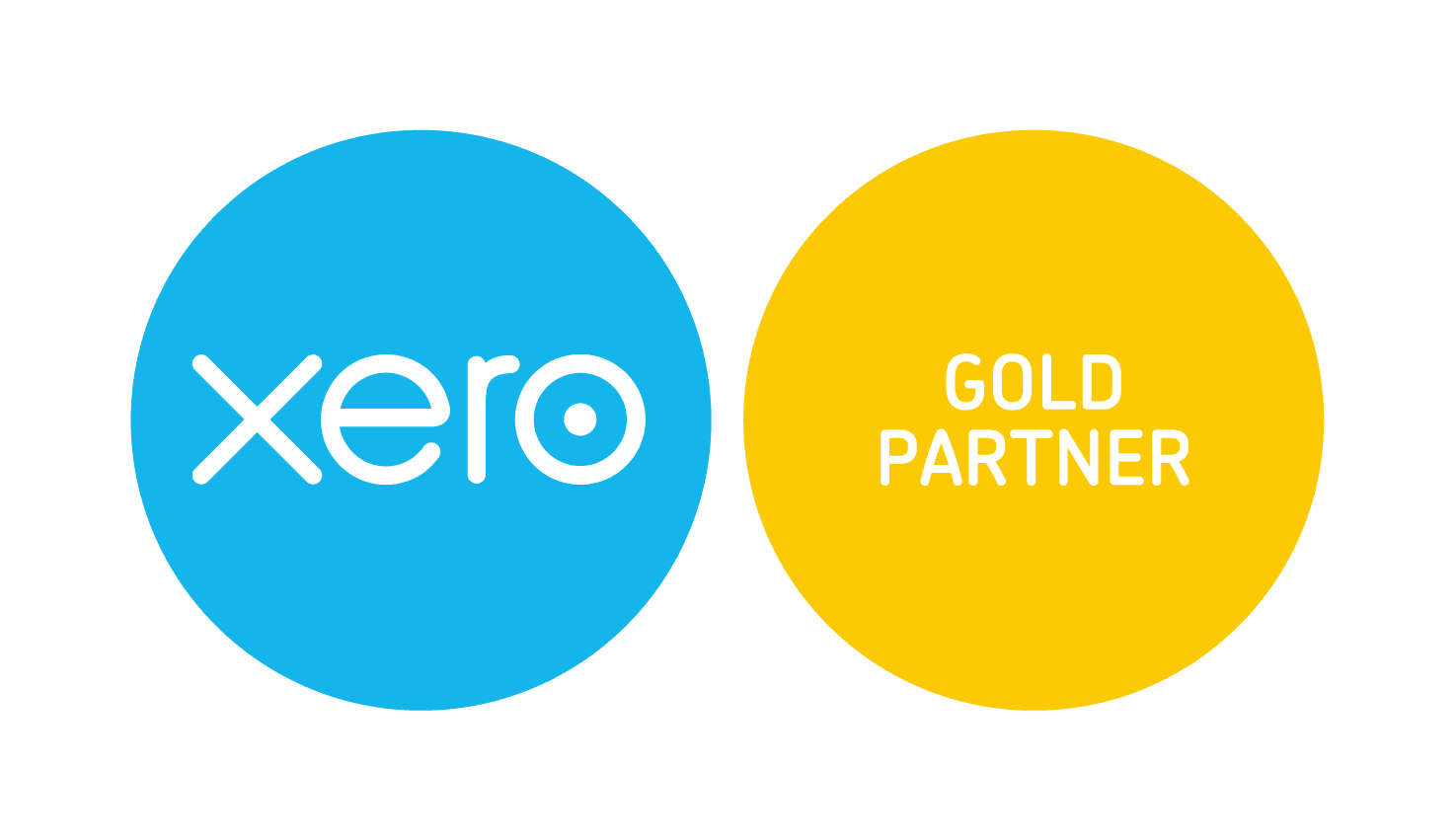You have decided to start your own business and you are ready to go.
This first thing you may decide to do is join a networking group. Get a logo made. Google how to get your first customers. All the fun things.
But whilst marketing is understandably sexy and fun, there are a couple of finance things that you may want to research and get into place first.
And then, once the finance is done, you can get back to the marketing and begin to grow your business.
Decide whether to be self employed or trade through a Limited Company.
It is worth taking the time to consider whether you want to trade through a Limited Company or become self-employed.
The reason this needs to be done first is because you cannot trade through a Limited Company that doesn’t exist. So, if this is this the path you want to take, you would need to set up your Limited Company before you make any purchases or invoice any customers.
If you choose to become self-employed but later change your mind, it is easy enough to transfer your business over to a Limited Company. It’s a little harder to go the other way but still perfectly do-able. However, you cannot do this retrospectively. This means you can’t trade for a year, realise that it would have been beneficial to be self-employed/incorporated and switch historic transactions. So whatever decision you make, you are kind of stuck with for a bit.
There are several factors that you may wish to consider when deciding whether to be self-employed or trade through a Limited Company. I run through these in this blog.
Incorporate your Limited Company
If trading through a Limited Company is the way you want to go, then the next stage is to set one up.
There are many businesses that specialise in incorporating Limited Companies and any accountant, myself included, can assist you with this.
However, you can choose to incorporate your Limited Company yourself.
The first thing to do is type in your new company name into Companies House and see if anyone else has already taken the name or used something similar. You can do that here.
Next is to fill out a couple of forms and pay £12. Companies House will run through each step with you, so the process shouldn’t be too daunting. You can do that here.
Register yourself for self-assessment
If you decide to be self-employed, then you need to register for a self-assessment with HMRC.
By doing this, you are informing HMRC that you are self-employed and will be completing a tax return at the end of each tax year.
Unlike trading through a Limited Company, you do not have to do this straight away. In fact, you have until the October after the end of the tax year to do so. This means that if you began trading in May 2018, you have until October 2019 to let them know.
Whilst having all this time seems lovely, I would recommend registering as soon as you can because it’s a task you are sure to forget. Plus, it’s a very straight forward form which you can easily complete online and this can be found here.
Open a business bank account
Set up a business bank account before you begin your business. This is because:
1. It makes it so much easier to track the profitability of your business.
2. It makes bookkeeping a whole lot easier (and will reduce any accountancy fees)
3. If HMRC did ever choose to investigate your business, they won’t be going through your personal information.
If you have set up a Limited Company then ensure that the bank account is in the Limited Company name. This is because if the bank account is in your own name, any money in it will have to be treated as though you have removed it from the company. So, this is likely to be treated and taxed as personal income. And no one wants to pay more tax than they need to.
If you are thinking of doing the bookkeeping for your business yourself, I have written a blog with 13 quick fire tips for beginners which you can read here.
Learn a teeny bit about tax
Consider how you will pay yourself
If you are self-employed than you can withdraw whatever money you want from your business as you will be taxed on the profits rather than your earnings.
If you trade through a Limited company then you are likely to be a Director and a Shareholder and the money you withdraw will be treated as personal income and taxed accordingly. So, you may want to give this blog a scan.
And whilst you’re reading, maybe add this one which explains what a Directors Loan Account is.
Know the deadlines
Finally, pop a couple of deadlines into your diary.
If you are self-employed, then you will need to complete a self-assessment tax return for each tax year.
A tax year runs from 6 April to 5 April the following year.
You then have until the following January to complete your tax return.
This means that if you began trading in May 2018, your first tax return will be for the tax year 6 April 2018 to 5 April 2019 and you will have until 31 January 2020 to submit the tax return to HMRC and pay your tax bill.
If you trade through a Limited Company then your year end will fall in line with when you set the Limited Company up. You then have nine months after that year end to submit your accounts to Companies House and pay your tax bill. And a year after your year end to submit your accounts and business tax return to HMRC.
So, a company set up in May 2018, will have a year end of 31 May 2019. Accounts will need to be submitted to Companies House and any corporation tax will need to be paid by 28 February 2020.
If you take a salary and dividends from your Limited Company you may have to register for self-assessment as well.







